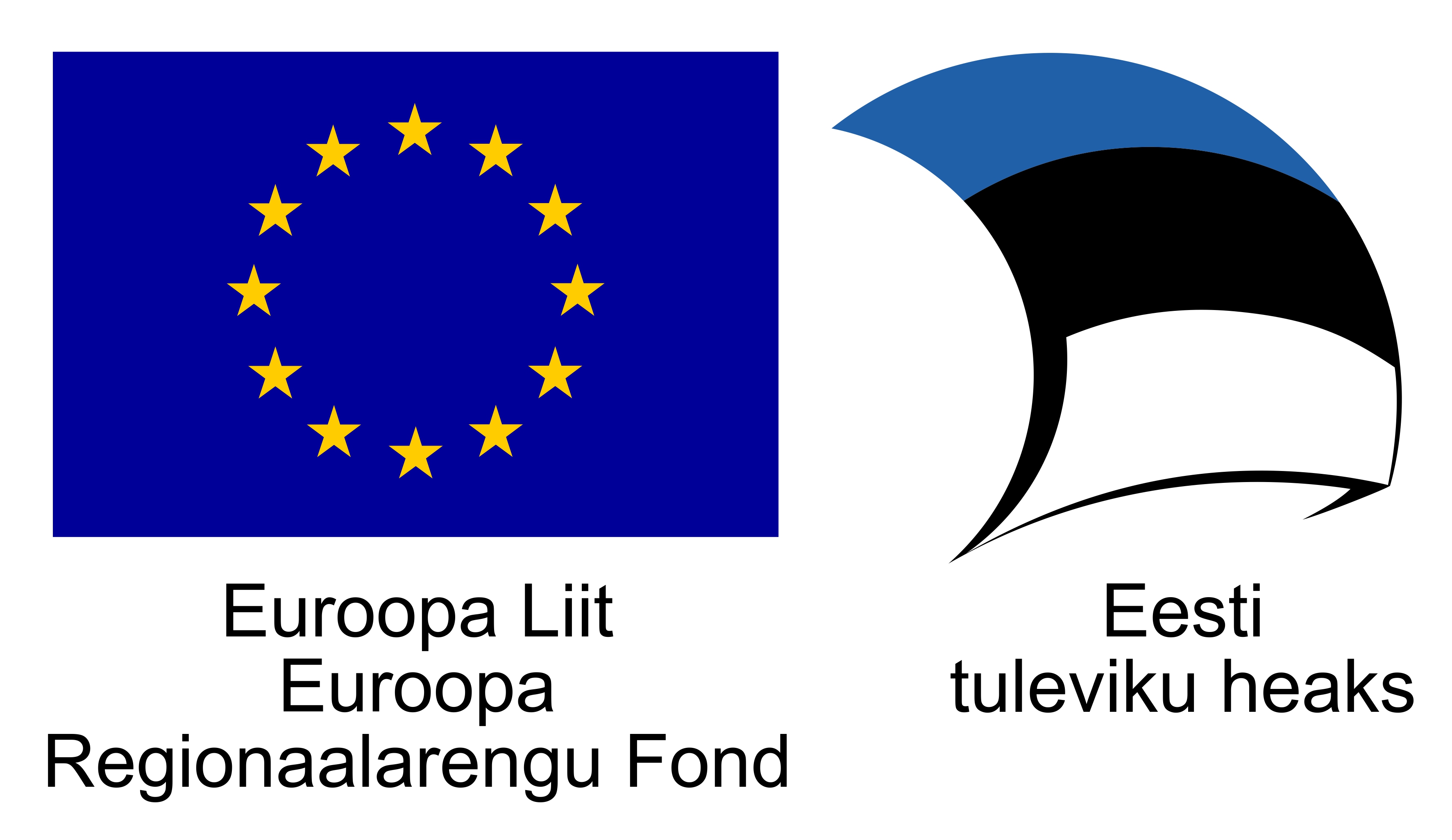Top 5 UX Research Methods and When to Use Them

After defining your objectives and planning your research framework, it’s time to choose the research technique that will best serve the project’s goals and yield the right insights. In this blog, we walk you through the most common research methods and help you choose the right one for you.
What are UX research methods?
UX research methods are ways of generating insights about your users, their behavior, motivations, and needs. You can use various user research methods to identify challenges and opportunities, to improve the user experience, including user interviews, focus groups, card sorting, usability testing, and more.
Most common UX research methods
There are various research methods available. Below we highlight the top techniques you need to know when conducting research:
Usability testing
Usability testing is a research method for evaluating your product with people by getting them to complete a list of tasks while observing and noting their interactions. There are various usability testing methods that you can use such as moderated vs. unmoderated or qualitative vs. quantitative. Selecting the right one depends on your research goal, resources, and timeline. The goal of conducting usability testing is to understand if your design is intuitive and easy to use and if there are any usability problems. Users should be able to easily accomplish their goals and complete their tasks with your product. The researcher can collect both qualitative and quantitative data that help to detect usability issues.
To inform your design decisions, you should do usability testing early and often in the process. Here’s some guidelines to help you decide when to do usability testing:
- Before you start designing
- Once you have a wireframe
- Prior to the launch of the product
- At regular intervals after launch
Tip
To learn more about usability testing, check out our usability testing and accessibility.
Tree testing
Tree testing is a research method that helps you evaluate the hierarchy and findability of topics in an app or website. The data collected from a tree test helps you understand where users intuitively navigate first. Is an effective way to assess the findability, labeling, and information architecture of a website or app. During tree testing, only the text version of the site is given to the participants, who are asked to complete a series of tasks to locate items on a site or application.
To get started with a tree testing session, you will need to:
- Define the tree structure
- Create goal-based tasks
- Conduct pilot tests with your team
- Select the participants
While tree testing and card sorting can both help you with categorizing the content on a website, it’s important to note that they each approach this from a different angle. And they are used at different stages during the research process.
Card sorting
Card sorting is recommended when defining and testing a new website architecture, while tree testing is meant to help you test how the navigation performs with users. There are three types of card sorting: open, closed, and hybrid card sorting.
- In an open card sorting session, participants organize topics into categories that make sense to them. Thus generating new ideas and category names.
- In a closed card sorting you offer participants a predefined set of categories. And ask them to sort the items into the available categories.
- In a hybrid card sort, participants can sort cards into categories a researcher has already defined. But also have the option to create their own categories.
Focus groups
A focus group is a qualitative research method that includes the study of a group of people, their beliefs and opinions. Usually for market research or gathering feedback on products, messaging, etc. Focus groups are carried out as face-to-face meetings, as well as remotely through video conferencing tools. Focus groups can help you better grasp:
- How users perceive your product
- What users believe are a product’s most important features
- What problems users experience with the product
In a typical focus group, a moderator guides six to nine participants through the discussion. A session typically lasts about two hours.
Five-second testing
Five-second testing is a UX research method in which participants are given five seconds to view an image such as a design or web page. Then they’re asked questions about the design to gauge their first impressions.
So why five seconds? According to data, 55% of visitors spend less than 15 seconds on a website, so grabbing someone’s attention in the first few seconds of their visit is essential.
With a five-second test, you can quickly determine what information users perceive. What impressions they have during the first five seconds of viewing a design. The results will help you determine if your messaging is effective, or if you need to adjust it based on the feedback collected.
Wrapping up
The UX research methods described in this blog are not a one-size-fits-all model. Research is all about problem-solving, so choosing a method comes down to understanding the problem and questions you need to answer. At the same time, seeking out the most suitable method that will help you achieve your goals means taking into account other constraints, such as your resources and timeline. In the next blogs, we will dive deeper into focus groups and card-sorting, so make sure you won’t miss it.


